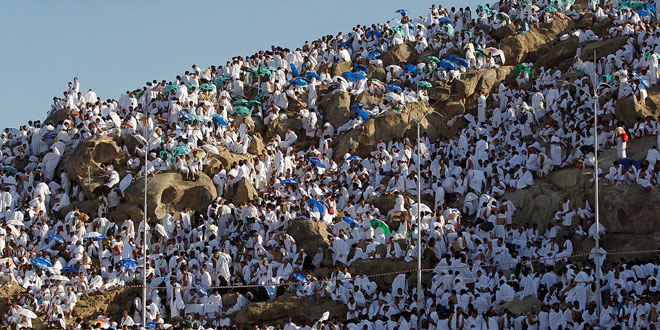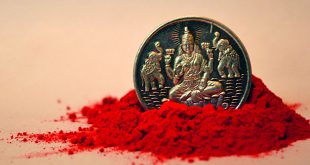Eid al-Adha / Bakra Eid Traditions & Rituals
On the morning of Bakra Eid, people wake up early and clean themselves thoroughly. They, then, wear finest and beautiful clothes and proceed towards an open space or the mosque in a large congregation for offering Eid prayers. Once the prayers have been offered, people return home to indulge in sumptuous breakfast, which usually consists of sheer kurma or sevaiyan. Post breakfast, they move ahead with sacrificing their domestic animals that are bought days in advance or purchased on the same day. The animals to be slaughtered should fulfill certain age and quality standard, else the animal is considered to be an unacceptable sacrifice.
Only the animals that are considered to be Halal by Islam can be sacrificed. These animals can be goat, sheep, ram, lamb, cow, camel or any four legged animal. As per the rituals, any Muslim who owns more than 400 grams of gold or who can afford to consume two square meals a day is required to perform a sacrifice or Qurbani. After the animal is slaughtered, the meat is divided into three equal parts as per the customs. The first part is consumed by the family while the second portion is distributed to neighbors, friends and relatives and the third portion is given to the poor and deprived people.
The animals can be slaughtered from the morning of the 10th day to just after afternoon on the 12th day. People take this opportunity of distributing meat to meet their near and dear ones and exchange greetings with them. Luxurious and scrumptious dishes are cooked on this day traditionally and served to guests and family visiting homes. They are accompanied by delicious desserts and beverages prepared for the day.
 Kids Portal For Parents India Kids Network
Kids Portal For Parents India Kids Network







